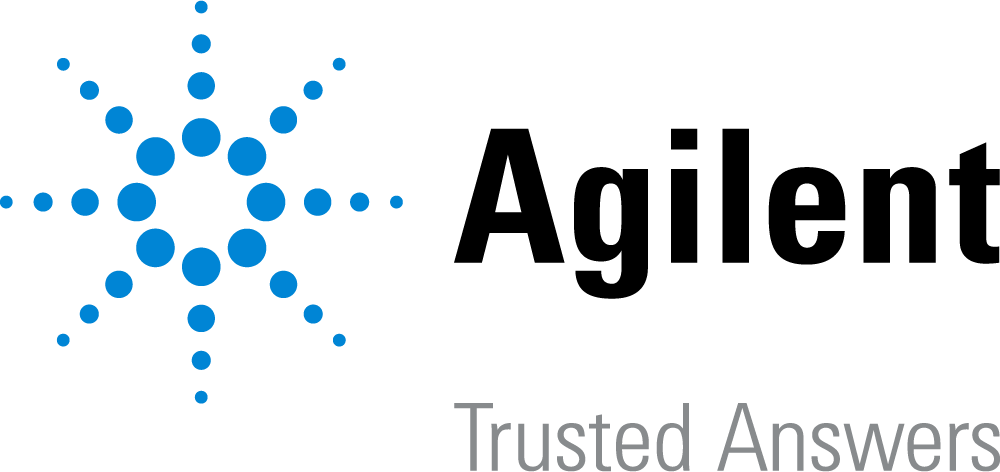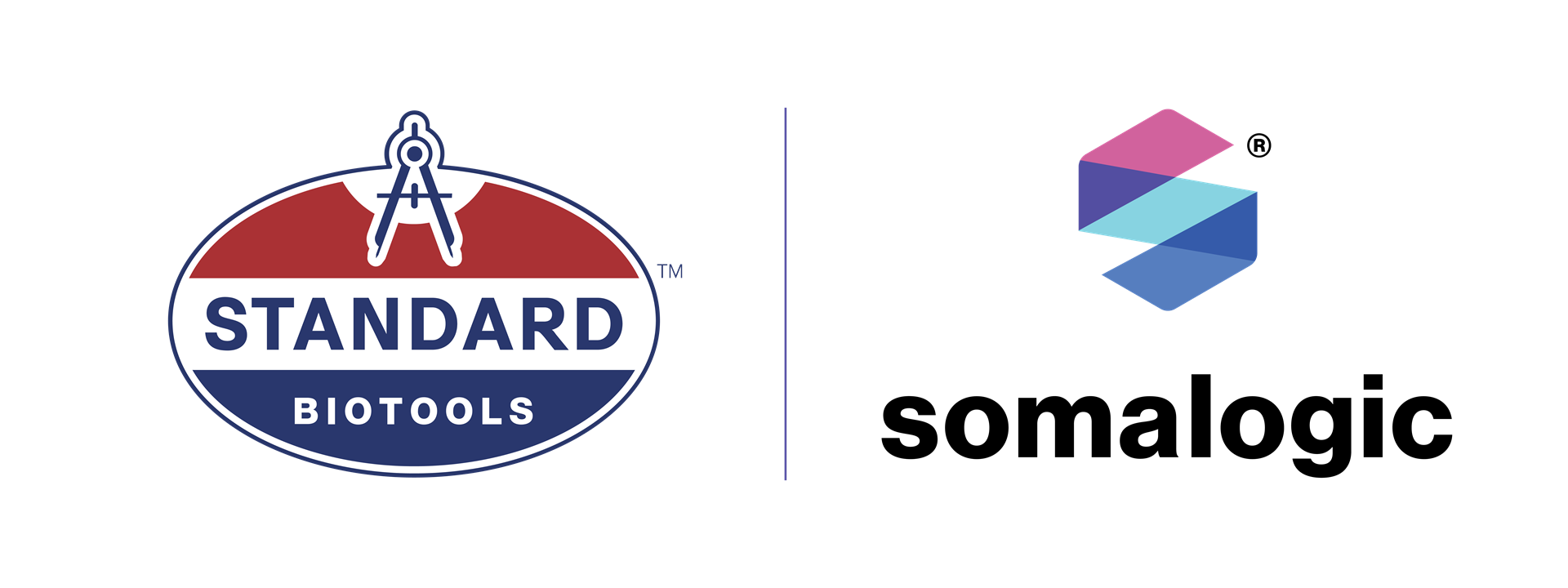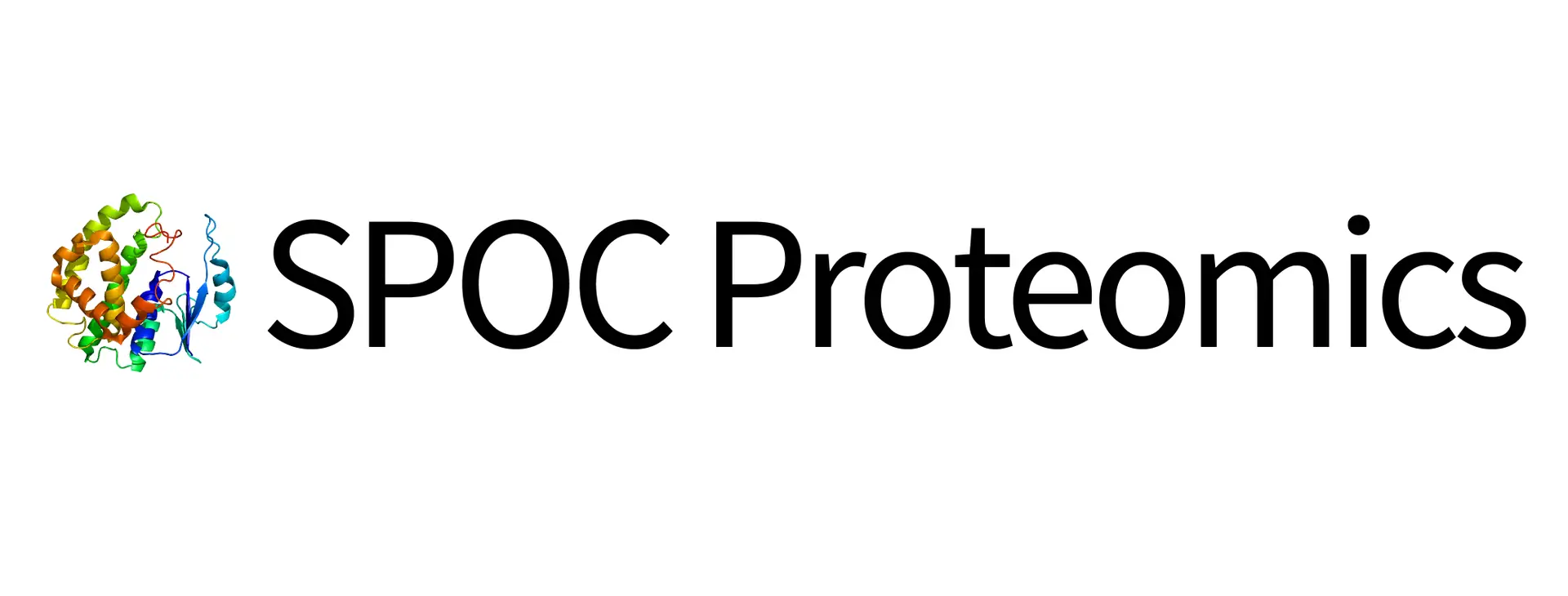“We are delighted to be part of this CPTAC initiative and to be able to contribute to this important project. The University of Victoria-Genome BC Proteomics Centre will continue to develop MRM assays according to the CPTAC guidelines and upload them to the CPTAC portal. In addition, we intend to further develop these CPTAC MRM assays as validated kits to facilitate their use by the broader scientific community.” – Dr. Christoph Borchers, Ph.D., Director of the University of Victoria Genome BC Proteomics Centre, Canada
“We are excited to align forces with Christoph to provide open source, highly characterized, targeted MS assays to the community. The ability to reliably quantify proteins is a critical next step towards making the genome actionable and improving our understanding, diagnosis, and treatment of diseases. ” – Dr. Amanda Paulovich, Member of the Fred Hutchinson Cancer Research Center and co-Chair of the CPTAC Assay Development Working Group
“This generous contribution and future commitment by Christoph at the University of Victoria Genome British Columbia Proteomics Centre to deposit well-characterized, targeted MS assays into CPTAC’s Community Assay Portal which employ an experimental/analytical fit-for-purpose approach, will accelerate the evolution from genomics to proteomics.” – Dr. Henry Rodriguez, Director of the Office of Cancer Clinical Proteomics Research at the National Cancer Institute, National Institutes of Health
The below press release was sent by the NCI Office of Cancer Clinical Proteomics Research on August 29, 2016.
University of Victoria Genome British Columbia Proteomics Centre, a leader in proteomic technology development, has partnered with the U.S. National Cancer Institute (NCI) to make targeted proteomic assays accessible to the community through NCI’s CPTAC Assay Portal (https://assays.cancer.gov).
A key aspect of the Assay Portal is to provide space where national and international proteomics researchers from across the globe can upload and share their quantitative assays with standard operating procedures and guidelines. To meet this goal, NCI is continuing to improve the assay upload process to have an independent process for public/non-CPTAC teams to upload their assays in a seamless fashion and will provide update on this effort to the community as it comes available.
Targeted proteomic assays eliminate issues that are commonly observed using conventional protein detection systems (e.g. Western blotting), which are semi-quantitative at best, not readily multiplexed, and often non-specific. Until recently, non-standardized information for hundreds of targeted mass spectrometry-based assays was distributed across published journal articles. The CPTAC assay portal serves as a centralized public repository of highly characterized targeted MS assays, including standard operating protocols, reagents, and assay characterization data.
Dr. Christoph Borchers, Ph.D., Director of the University of Victoria Genome BC Proteomics Centre, Canada, has volunteered to be the first non-CPTAC researcher to upload targeted mass spectrometry-based assays to the portal. These multiple reaction monitoring (MRM-MS)-based assays fully adhere to the standards and guidelines developed by CPTAC and meet the minimum characterization requirements for entry to the portal, including development of multipoint response curve and repeatability assessment. In the portal landing page, which is designed to be relevant to biologists, researchers will be able to search for the Proteomics Centre assays by querying using the “non-CPTAC” term. Dr. Borchers has contributed 107 MRM assays to the portal in this initial phase, and is working on completing up to 2,000 assays that will be ultimately imported to the CPTAC Assay Portal.
“We are delighted to be working with the CPTAC on this important project,” says Dr. Borchers. “Standardization of protein quantitation is essential if mass spectrometry-based proteomics is going to be used for clinical assays. To assist in cancer-related research, we are planning to greatly extend the range of our MRM based assays in CPTAC to include assays for mouse proteins. The mouse is the preferred animal model for studying cancer, and will become even more important through the new CRISPR/Cas9 technology, which greatly facilitates the research of genetic mutations of cancer-related proteins in mice at a low cost.”
Dr. Amanda Paulovich, a Member of the Fred Hutchinson Cancer Research Center and co-Chair of the CPTAC Assay Development Working Group, notes that, “We are excited to take this important first step in opening up the Assay Portal for contributions from the entire community, bringing us one step closer to the goal of standardizing quantification of all proteins across the community to improve analytical rigor and reproducibility in protein-based research.”
Background
To empower researchers and democratize protein measurements, NCI launched the proteomics Assay Portal in 2014. This community web-based repository for well-characterized quantitative proteomic assays which was highlighted in a landmark paper in Nature Methods currently consists of greater than 900 targeted assays and serves as a public resource of methodologies and data related to cancer associated targets. By incorporating guidelines for assay characterization, the CPTAC Assay Portal takes a leap forward in enabling researchers to assess the performance of each assay as well as downloading all the data and information for implementing the assays. The ultimate goal is to standardize protein quantification and harmonize results across laboratories, improving our ability to validate molecular signatures and the reproducibility of preclinical research, as well as facilitating the regulatory approval of new drugs and diagnostics.
The Assay Portal also represents the application of “best practices” for targeted mass spectrometry developed during a two day-workshop held at the National Institutes of Health and published in 2014 in the journal of Molecular and Cellular Proteomics. In this workshop CPTAC, with input from the outside community that included the U.S. Food and Drug Administration and American Association for Clinical Chemistry, established a framework for MRM assay ‘fit-for purpose’ validation by defining three tiers of assays distinguished by their performance and extent of analytical characterization. Assays presented on the CPTAC portal predominantly represent ‘Tier 2’ assays, as described in the workshop report.
———————–
THE POWER OF RESEARCH COLLABORATION
About the University of Victoria Genome British Columbia Proteomics Centre
The University of Victoria Genome BC Proteomics Centre is a state-of-the-art proteomics research facility located at the University of Victoria’s Vancouver Island Technology Park in Victoria, British Columbia, Canada. Supported by Genome Canada, Genome BC and the University of Victoria, the Centre is the best-equipped proteomics research facility in Canada, with $10 million worth of specialized equipment including 16 mass spectrometers. The Centre is a not-for-profit facility that operates on a cost recovery model. It is the longest operating proteomics core facility in Canada, having been in operation since 1982, and serves clients in academia, industry and government on a fee-for-service and collaborative basis.
About National Cancer Institute’s CPTAC
The National Cancer Institute’s Clinical Proteomic Tumor Analysis Consortium (CPTAC) is a comprehensive and coordinated effort to accelerate the understanding of the molecular basis of cancer through the application of large-scale proteome and genome analysis technologies (proteogenomics) to different cancer types. CPTAC is composed of expertise in proteomics, genomics, cancer biology, oncology and clinical chemistry, while creating open community resources that are widely used by the cancer community. For further information about CPTAC, go to http://proteomics.cancer.gov.


.png)

















